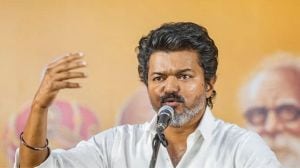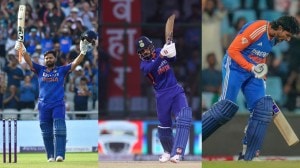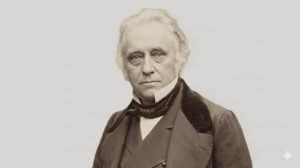Cardiovascular Research Convergence 2025: Cardiologists stress need for collaboration between basic and medical science to tackle sudden cardiac death
The event, focusing on sudden cardiac deaths among the young population, is being hosted at Gujarat Biotechnology University (GBU)
 Cardiovascular Research Convergence 2025 begins at GBU. (Credit: @GujBiotechUni)
Cardiovascular Research Convergence 2025 begins at GBU. (Credit: @GujBiotechUni)Dr Sandeep Seth, Professor of Cardiology at AIIMS Delhi, emphasised the need for collaboration between basic and medical science to understand diseases, stating that working in isolation is not effective.
“Basic science must work with medical science, work together to understand diseases, you cannot work in isolation,” said Dr Seth during the Cardiovascular Research Convergence 2025, a two-day event that was inaugurated on Saturday.
The event, focusing on sudden cardiac deaths among the young population, is being hosted at Gujarat Biotechnology University (GBU).
The theme for the event is “Redefining Cardiovascular Health: Integrating Basic Science, Clinical Insight, Biotechnology & Artificial Intelligence”. Doctors, scientists and academicians from AIIMS, IITs, PGIMER, NIPER, and UNMICRC took part in the event.
Cardiovascular Research Convergence 2025 begins at GBU today! With sessions on cardiometabolic disorders, cardiotherapeutics, AI in biotech, coronary artery disease & heart failure, CRC-2025 brings together India’s top experts to redefine cardiovascular health.#CRC2025 pic.twitter.com/EU4NiRD35T
— Gujarat Biotechnology University (@GujBiotechUni) September 6, 2025
“Any cardiovascular disease cannot be handled by a cardiologist or physician alone. The heart is not merely a pump that fails, causing sudden death. There are a wide variety of factors involved. It is called sudden cardiac death because it happens all of a sudden. However, all is not how it may appear. While such young cardiac deaths are reported in the media, you may not know the underlying reasons. As doctors, we know that such patients may have had a bypass, a stent, a history of heart disease, may be heavy smokers or drinkers or other diseases,” Dr Seth spoke to The Indian Express on the sidelines of the event.
On the need for knowledge sharing, Dr Seth said, “How do you predict this is going to happen? One of the sessions is AI in cardiovascular sciences. Technologists require a large data set. But a cardiologist may be able to predict on the basis of other factors. So we are bringing in everybody to come up with patient centric solutions.”
“When you look at a patient who has died suddenly, and you look at their medical history, you may find the reason. Suppose a 20-year-old man has started smoking, it is the first risk factor. Secondly, he is a male, which is another risk factor since there is predisposition among men. Third, he is an Indian, which is also another risk factor, that straightway increases the risk. Lack of exercise and obesity are other factors,” he said.
Speaking on genetically inherited traits that impact cardiac health, Dr Seth said, “If the patient has a family history (of illness) and if we find it, we can do an echocardiogram of the entire family. In case we find that the heart function is down in three or four members, we can check for a genetic mutation. In such cases, we can take preventive measures like installing defibrillators (pacemakers).”
Giving an example of genetically inherited cardiac disorders and the need for collaboration, Dr Seth said: “Why do we (doctors) have to get out of our hospitals and why scientists have to get out of their labs and talk to each other. About 10-15 years ago, we had a family where members were dying at 20 years of age. At that time, we didn’t have genomic sequencing even at AIIMS (Delhi). So we talked to Delhi University and they spoke to the Institute of Genomics and Integrated Biology (CSIR-IGIB) and we found that there was some sort of mutation. We put that mutation in a zebra fish and found that the heart sometimes stopped contracting. Taking lessons from there, we implanted that family with pacemakers and the deaths stopped.”
“That’s why basic science must work with medical science, work together to understand diseases, you cannot work in isolation,” he asserted.
Sudhir Vaid, the CMD of Concord Biotech, and Chairman of the Advisory Council of GBU, speaking at the inauguration, said, “Cardiovascular disease remains one of the leading causes of morbidity and mortality globally. India in particular faces the dual challenge of rising lifestyle related disorders and the growing burden of heart disease at a younger age. Tackling this not only requires cutting edge research but also a convergence of multiple disciplines.”







